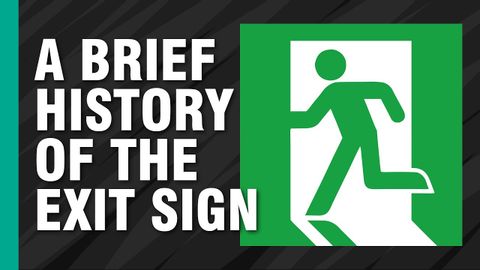世界共通の「非常口」のマークは実は日本人のデザイン!?「非常口」の略史
Elise Chuang が 2022 年 01 月 25 日 に投稿  この条件に一致する単語はありません
この条件に一致する単語はありませんUS /ɪˈsenʃəli/
・
UK /ɪˈsenʃəli/
US /ˈkɑnˌtɛkst/
・
UK /ˈkɒntekst/
- v.t./i.出場する;計算する;思う;思う
- n.姿 : 体形;数字;人物像;図表;著名人;姿の輪郭;数字
US /ˈæspɛkt/
・
UK /'æspekt/
エネルギーを使用
すべての単語を解除
発音・解説・フィルター機能を解除
